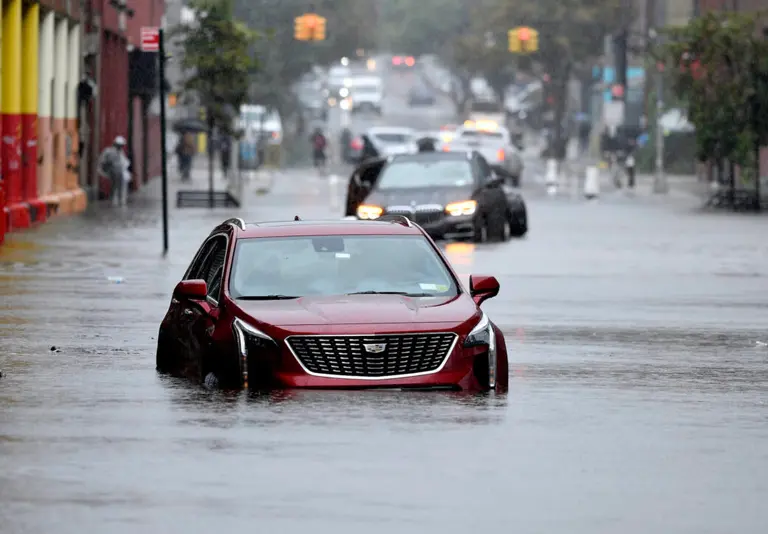
Heavy rainfall caused major flooding on September 29, 2023. Photo courtesy of Marc A. Hermann / MTA on Flickr
City launches initiative to ‘rainproof’ NYC
learn more

Heavy rainfall caused major flooding on September 29, 2023. Photo courtesy of Marc A. Hermann / MTA on Flickr
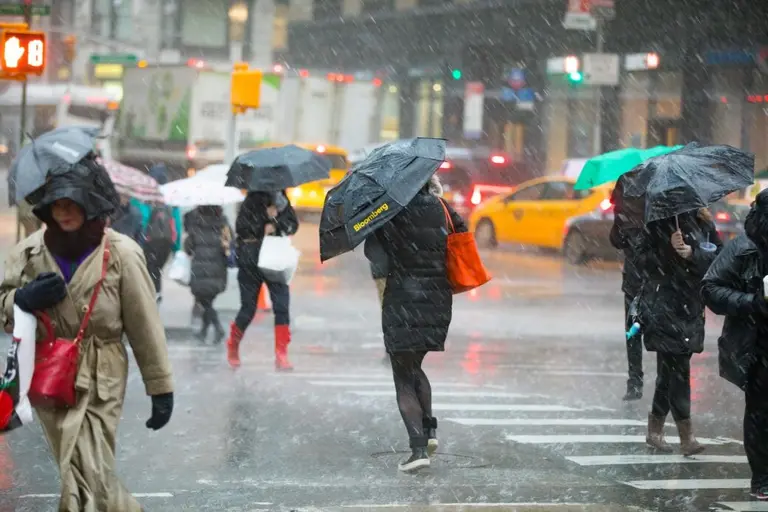
A 2018 storm. Photo: Benjamin Kanter/Mayoral Photo Office.
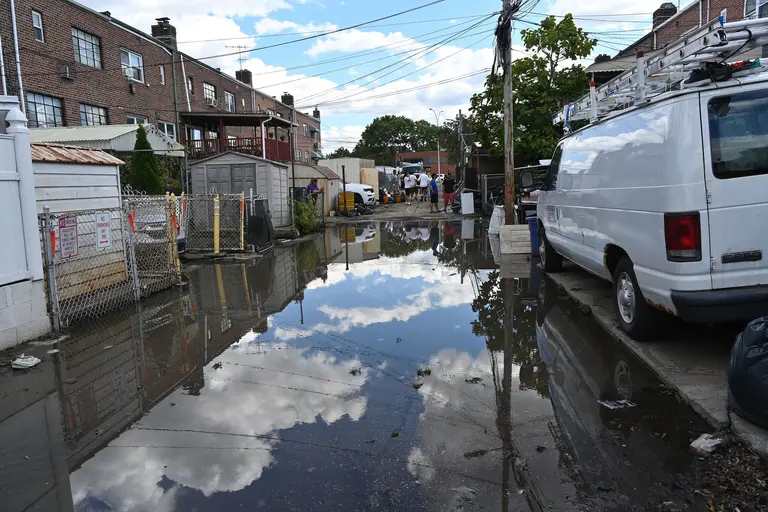
September 3, 2021: Gov. Kathy Hochul toured several homes in East Elmhurst, Queens that flooded from torrential rains brought on by Hurricane Ida. Photo by Kevin P. Coughlin / Office of the Governor on Flickr

September 3, 2021: Gov. Kathy Hochul toured several homes in East Elmhurst, Queens that flooded from torrential rains brought on by Hurricane Ida. Photo by Kevin P. Coughlin / Office of the Governor on Flickr
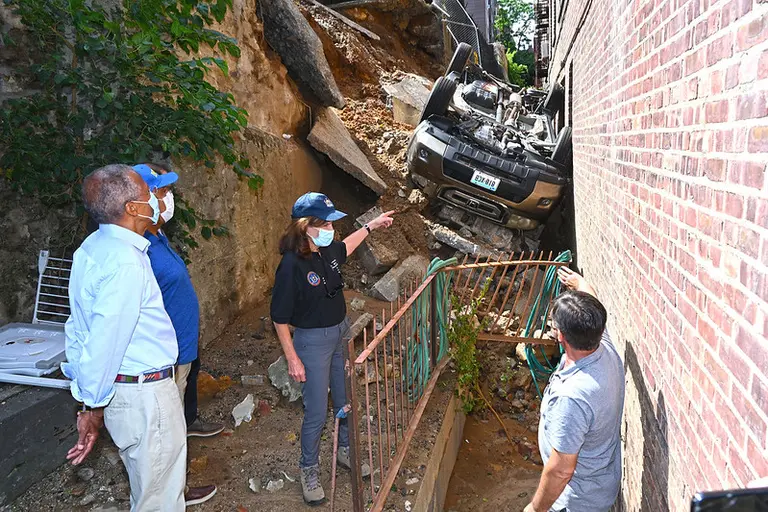
Gov. Kathy Hochul tours a storm-damaged apartment in Inwood. The heavy rains of Tropical Storm Ida forced part of a parking garage to collapse and damaged a ground floor apartment, and vehicle, on West 218th Street. Photo: Kevin P. Coughlin / Office of Governor Kathy Hochul on Flickr
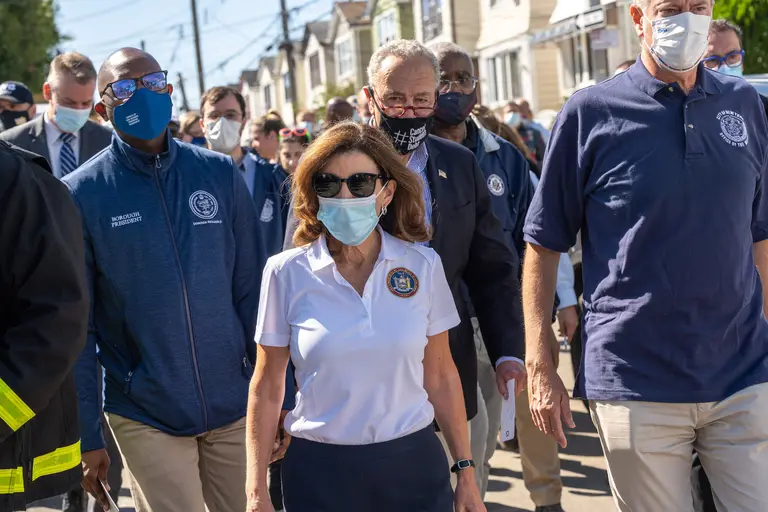
Photo courtesy of Gov. Kathy Hochul’s Office on Flickr
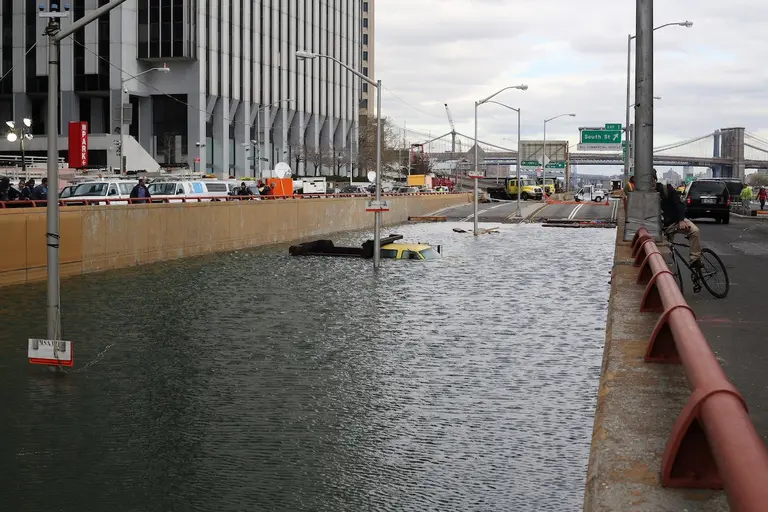
Flooded Battery Park Tunnel after Hurricane Sandy. Image: Timothy Krause via Flickr.
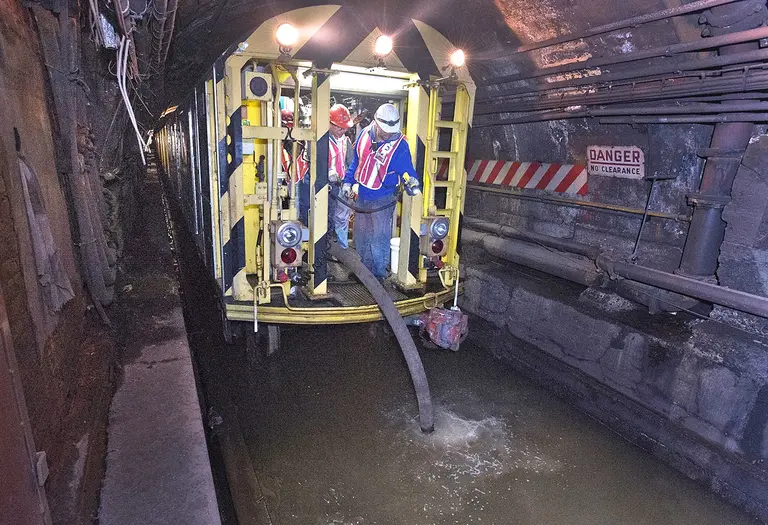
Workers pumping seawater out of the L-train tunnel after Hurricane Sandy in 2012, photo courtesy of the MTA on Flickr

Flooded Battery Park Tunnel after Hurricane Sandy. Image: Timothy Krause via Flickr.